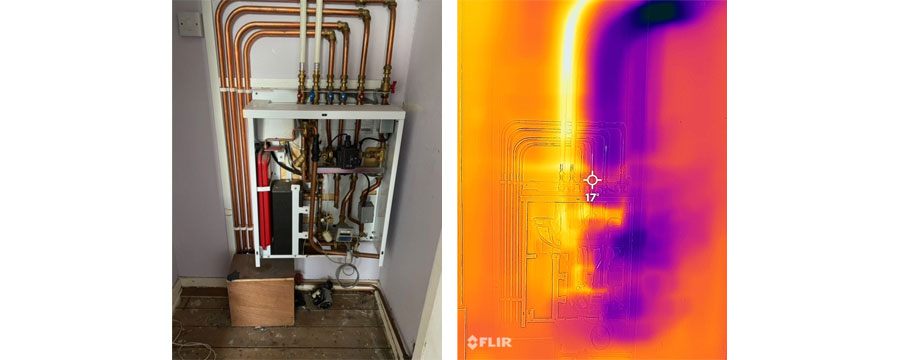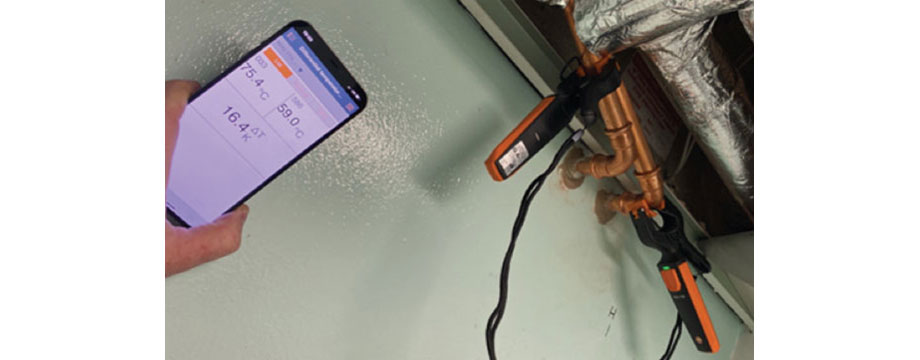The UK Government has identified that heat networks have an important part to play in the provision of low carbon heating. This is supported by government grant schemes like the Heat Network Delivery Unit (HNDU), the Heat Network Efficiency Scheme (HNES) and the Green Heat Network Fund (GHNF). There is also a separate scheme in Scotland providing £300m of funding for heat networks.
When it comes to installing new build and retrofit heat networks, the needs of the client and their customers can sometimes take a back seat to the process. In recent years there has been a move in the industry to break up the installation of a heat network into several packages, these are then split between a number of contractors. This approach has led to some heat networks performing inefficiently resulting in higher than expected tenant and client heating bills. These ‘problem projects’ can sometimes give a bad press to what is in reality a great low carbon heating solution.

From a client point of view the whole heat network process from concept to operation is fraught with risk. There can be a juxta position between what the contractor delivers at project handover and what the client actually needs for the long term sustainability of the scheme. The rush to project handover can sometimes mean that the project that is handed over is not actually ‘fit for purpose’ and does not meet the client’s brief.
It can then be difficult to get the contractor back on site to rectify outstanding issues when the majority of the contract costs have already been paid.
Who is responsible for ensuring that the relevant legislation is met?
CIBSE’s Code of Practice for Heat Networks CP1 2020 states that the client is ultimately responsible for the delivery and performance of a heat network.

What’s the solution?
We believe that every new heat network should be acceptance tested to ensure the clients best interests are maintained. CP1 2020 includes acceptance testing as minimum requirement and is listed as a core objective (5.7).
At Synergi Consulting we believe in putting the needs of the client at the heart of everything we do. That’s why we recommend that we complete acceptance testing on every heat network. For acceptance testing to be successful we work closely with the client, the developer, and the contractor(s) to agree and sign off a set of test criteria linked to the original design specification and score these using a traffic light method. The set of criteria is then run through an initial test scenario and adapted and signed off to reflect any improvements to the criteria.
We recommend that the plant room, distribution system and 100% of the dwellings on the heat network should be acceptance tested, however, we understand that this is not always possible. The alternative is for the plant room, distribution pipework and an initial 10% of dwellings be acceptance tested and if there is an agreed number of failures, we then test another 10%. Any further failures result in 100% of the dwellings being acceptance tested at the contractor’s expense.
www.synergi.org.uk
info@synergi.org.uk
03301 334 375
- Log in to post comments













